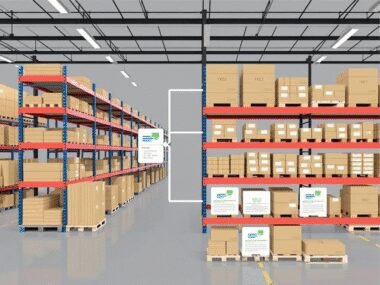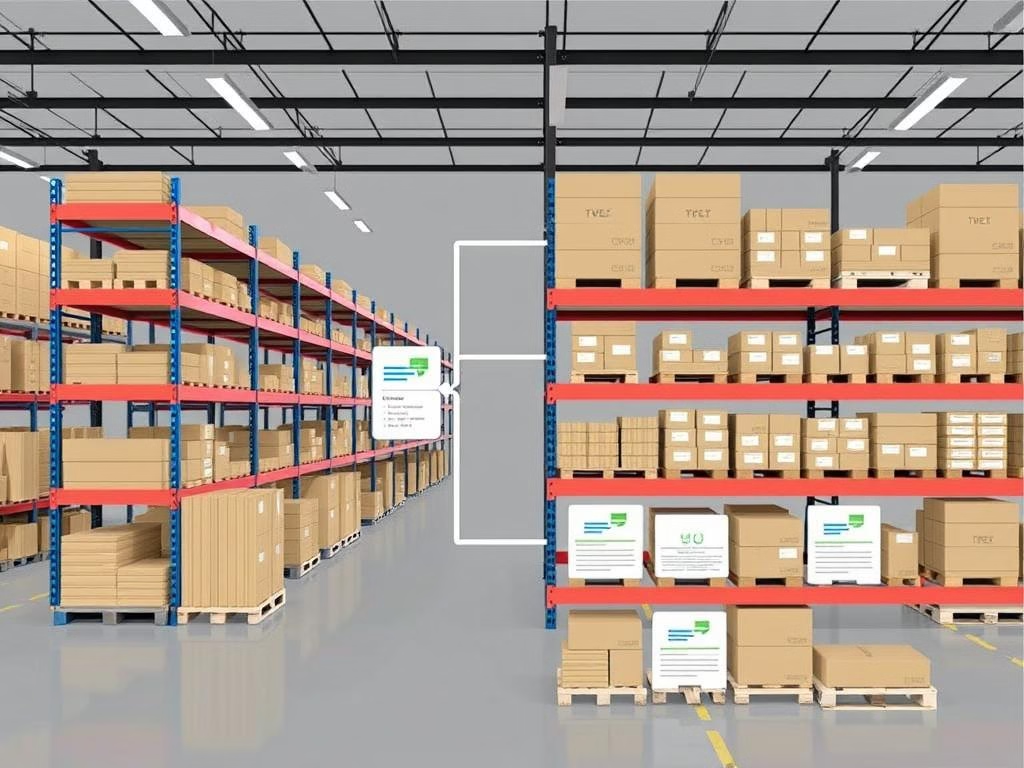Discover the advantages and disadvantages of the perpetual inventory system in accounting this comprehensive guide. Learn how it works, its real-world applications, and see how it compares to the periodic inventory system, helping you make informed decisions for your business needs.
Accounting Perpetual Inventory System: A Comprehensive Guide
In the fast-paced world of modern business, keeping track of inventory is no small feat. Enter the perpetual inventory system, a dynamic accounting method that updates stock levels in real-time with every transaction. Whether you’re a retailer, manufacturer, or e-commerce entrepreneur, understanding this system can revolutionize how you manage your inventory. In this article, we’ll explore what the perpetual inventory system is, how it works, its pros and cons, real-world applications, and how it stacks up against its counterpart, the periodic inventory system. Let’s get started!
What Is the Perpetual Inventory System?
The perpetual inventory system is an accounting approach that continuously tracks inventory levels by recording every sale and purchase as it happens. Unlike older methods that rely on periodic checks, this system uses technology—think point-of-sale (POS) software, barcode scanners, and enterprise tools—to keep inventory records current at all times.
Imagine running a store where every item sold or restocked is instantly reflected in your books. That’s the power of perpetual inventory: it offers a live snapshot of what’s on hand, making it a go-to choice for businesses needing precision and speed.
How Does It Work?
The magic of the perpetual inventory system lies in its automation. Here’s how it operates:
- Transaction Triggers: When a customer buys something or new stock arrives, the system springs into action.
- Instant Updates: Inventory counts adjust automatically—sales decrease stock, purchases increase it—all tracked via tools like RFID tags or barcode scanners.
- Data Flow: The system logs details like quantity, cost, and time, feeding them into your accounting software.
- Real-Time Insights: Managers can pull reports anytime to see stock levels, sales trends, or cost of goods sold (COGS).
It’s a seamless loop that keeps inventory data fresh without the guesswork.
Advantages of the Perpetual Inventory System
Why choose perpetual over other methods? Here are some standout benefits:
- Live Tracking: Know exactly what’s in stock at any moment, reducing the risk of running out or over-ordering.
- Fewer Physical Counts: No need for frequent, labor-intensive stock checks—save time and money.
- Precision: Automation cuts down on manual errors, giving you reliable data.
- Financial Clarity: COGS updates with every sale, sharpening your profit margin calculations.
- Smart Decisions: Real-time info helps you reorder stock or tweak pricing on the fly.
For businesses juggling high sales volumes or multiple locations, these perks are hard to beat.
Disadvantages of the Perpetual Inventory System
No system is perfect, and perpetual inventory has its downsides:
- High Costs: Setting it up means buying software, hardware, and training staff—tough for small budgets.
- Tech Risks: Glitches, crashes, or hacks can throw off your records.
- Complexity: It’s overkill for businesses with minimal inventory needs.
- Upkeep: Ongoing maintenance and updates add to the expense.
These hurdles can make it less appealing for smaller or simpler operations.
Real-World Examples
Who’s using this system? Let’s look at some practical cases:
- Big Retailers: Think Walmart or Costco—scanning items at checkout keeps their massive inventories in check across stores.
- Online Giants: Amazon uses perpetual tracking to sync stock across warehouses, ensuring fast shipping.
- Manufacturers: A car parts supplier might track components in real-time to keep production humming.
These examples show how the system shines in high-stakes, high-volume settings.
Perpetual vs. Periodic Inventory System: A Quick Comparison
To see the full picture, let’s compare it to the periodic inventory system:
| Aspect | Perpetual System | Periodic System |
|---|---|---|
| Updates | Real-time, every transaction | Periodic, after physical counts |
| Tech Needs | Heavy (software, scanners) | Light (manual tracking) |
| Cost | Higher upfront and ongoing | Cheaper, less investment |
| Accuracy | Top-notch, instant adjustments | Decent, but delayed |
| Best For | Big, busy businesses | Small, low-activity setups |
The perpetual system wins on accuracy and speed, but the periodic system keeps things simple and affordable.
How It Shapes Financial Statements
The perpetual system doesn’t just track inventory—it boosts financial accuracy:
- COGS on Demand: Every sale updates the cost of goods sold, giving a clear profit view.
- Spot-On Margins: Precise COGS means you can trust your profitability numbers.
- Current Assets: Balance sheets reflect the latest inventory value, not an outdated guess.
This real-time financial edge helps businesses plan and report with confidence.
Is It Right for You?
The perpetual inventory system suits businesses that:
- Manage lots of inventory or operate across locations.
- Need instant data for fast decisions.
- Can handle the tech investment.
If you’re a small shop with basic needs, the periodic system might be enough. It’s all about matching the tool to your scale and resources.
Conclusion
The perpetual inventory system is a modern marvel for businesses craving control and clarity. By updating stock levels in real-time, it delivers accuracy, efficiency, and actionable insights—perfect for retailers, manufacturers, and online sellers with complex needs. Yes, it’s costly and tech-heavy, but for many, the payoff in streamlined operations and sharper finances is worth it. Whether you adopt it or stick with a simpler method, understanding this system can help you make smarter choices for your business.














Leave a Reply